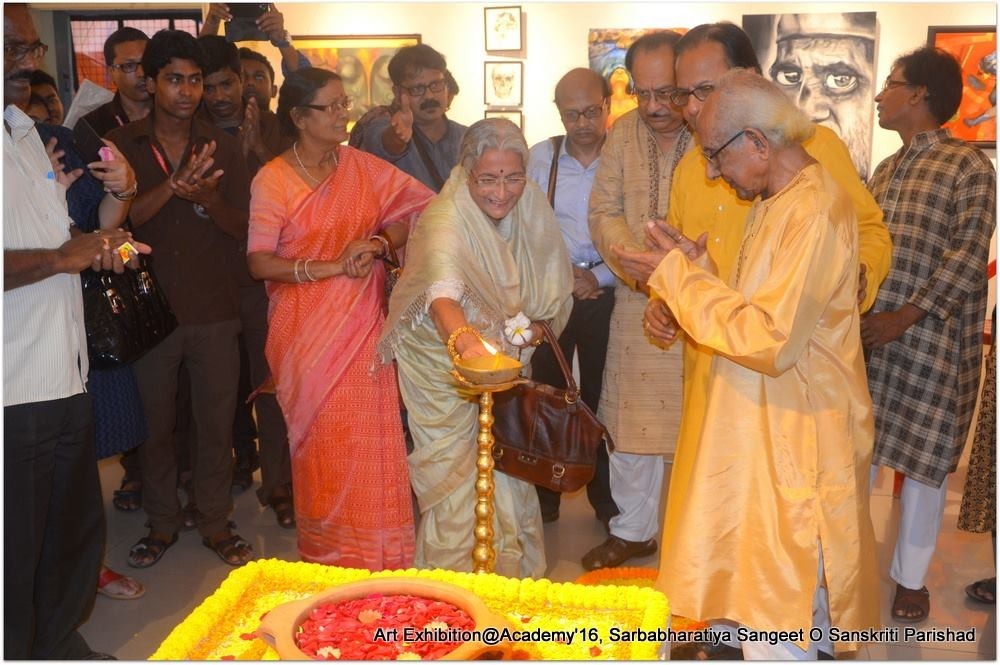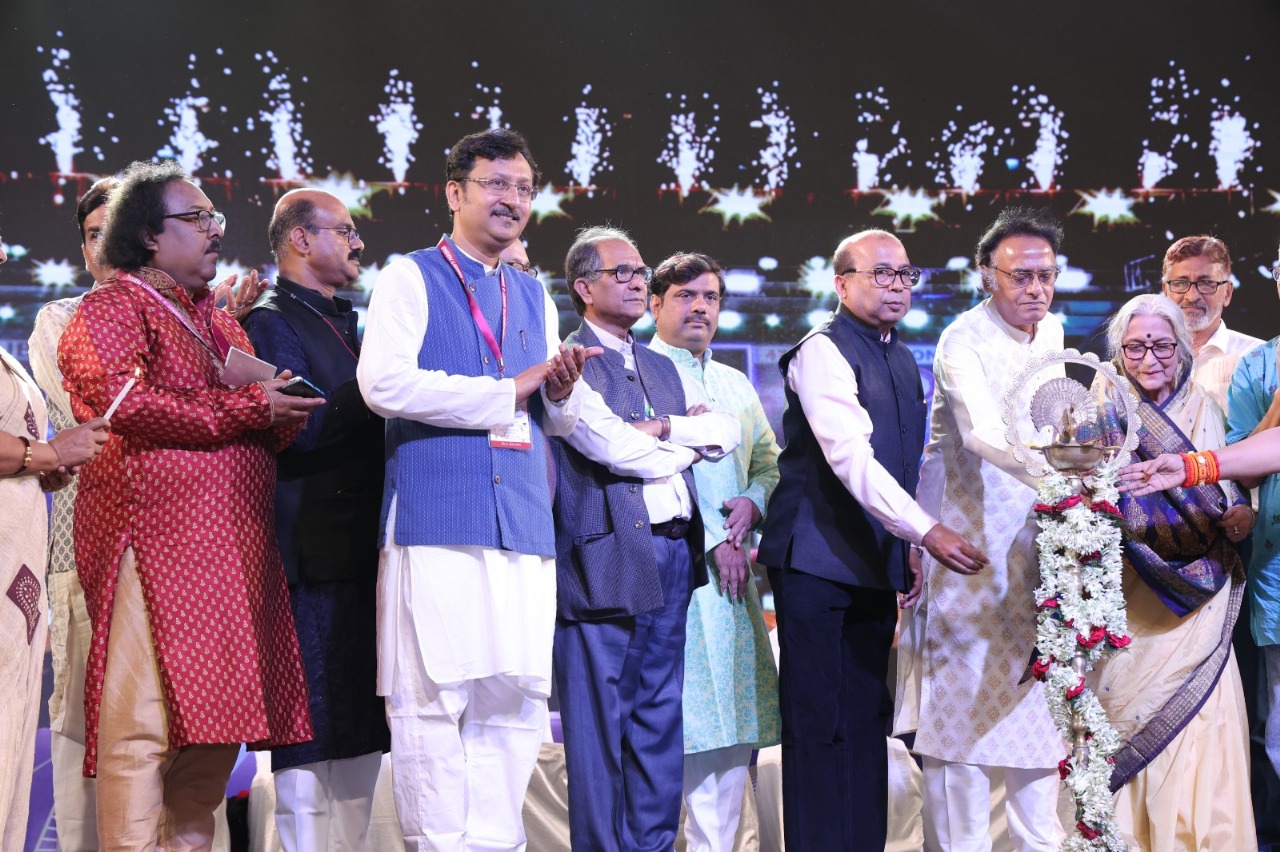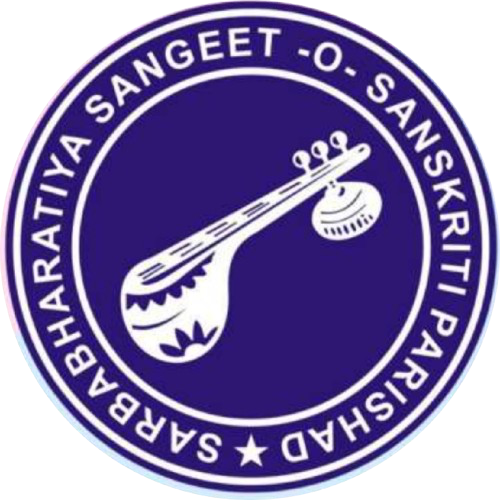

About Us
The Story Behind Sarbabharatiya Sangeet O Sanskriti Parishad: From 1976 to Today
The Sarbabharatiya Sangeet O Sanskriti Parishad stands as one of India's most influential cultural organization today, with an astonishing network of over 600,000 students and approximately 20 million alumni. Founded on January 23, 1976, in Kolkata, this remarkable organization has spent nearly five decades dedicated to preserving and promoting the rich tapestry of Indian cultural heritage.
As we approach its 50th anniversary in 2026, we can't help but marvel at the organization's tremendous growth. The Sarbabharatiya Sangeet Parishad now encompasses more than 34 genres of performing and fine arts, spreading the Sanskriti lifestyle across 15 countries worldwide. Furthermore, it operates as a non-funded entity under the West Bengal Government Society Act, relying entirely on student patronage to sustain its extensive cultural activities. During its recent annual convocation, around 5,000 students received accolades while 500 artists participated in live sketching, highlighting the Sarbabharatiya's ongoing commitment to fostering artistic excellence.
The Founding of Sarbabharatiya Sangeet O Sanskriti Parishad
In the autumn of 1974, a small group of culturally-conscious individuals gathered in Kolkata with a shared concern: they were witnessing the gradual erosion of traditional Indian art forms. This informal meeting would eventually blossom into one of India's most significant cultural institutions.
The vision behind the institution
The founders of Sarbabharatiya Sangeet O Sanskriti Parishad envisioned creating a platform specifically designed to "propagate, foster and preserve traditional forms of Indian Art & Culture". They were particularly concerned about what they perceived as "the apparent grandeurous but dangerous inflow of westernized culture" that was infiltrating Indian society through electronic media.
Their mission was clear from the beginning – to establish a non-profit organization that would serve as both guardian and promoter of India's rich cultural tapestry. This vision included creating a structured system for teaching traditional art forms across the country, developing standardized curricula, and providing formal recognition to practitioners.
Why 1975 was a turning point
The conceptualization process that began in 1974 gained significant momentum throughout 1975. After months of planning and preparation, these cultural visionaries officially established the Sarbabharatiya Sangeet O Sanskriti Parishad on January 23, 1976 .
Initially, the organization operated from a modest rented house on Jadu Mitra Lane in Kolkata before subsequently relocating to Ramratan Basu Road. The name "Sarbabharatiya Sangeet O Sanskriti Parishad" was thoughtfully suggested by Late Pandit Sukhendu Goswami, reflecting the pan-Indian ("Sarbabharatiya") nature of their cultural mission.
The year 1975 proved pivotal as it represented the transition from concept to reality. As cultural erosion concerns intensified, the founders' determination solidified, ultimately leading to the formal registration of the Parishad as a society under the West Bengal Government Society Act in March 1976.
Early challenges and community support
Following its establishment, the Parishad immediately began affiliating training centers across different regions of India. This expansion wasn't without obstacles, yet the organization persevered through its formative years thanks to community backing and cultural advocates.
The institution gradually developed its own comprehensive syllabus and began providing affiliation to arts and cultural institutions throughout India and abroad. Its growing reputation enabled it to achieve a significant milestone – becoming "the only board from West Bengal who got recognition and equivalency from five universities".
The organization's focus on preserving authentic Indian cultural expressions resonated with communities nationwide. Consequently, what started as a small initiative in Kolkata steadily evolved into a diploma examination board conferring certificates, diplomas, and degrees in performing arts.
This remarkable trajectory demonstrates how the founding vision of cultural preservation has translated into an enduring institution that continues to shape India's cultural landscape nearly five decades later.


